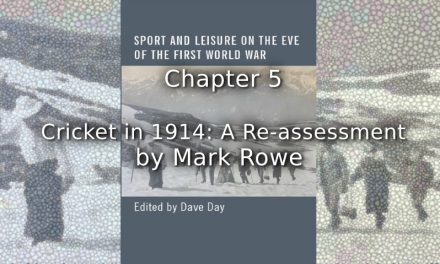The day Giancarlo Antognoni collided with Genoa’s goalkeeper Silvano Martina, broke his skull and suffered a cardiac arrest, was 22 November 1981 and I was supporting Juventus. The 1981-82 season as I remember was my best as a 14-year-old football player in one of the championships of the Florentine youth league. I regularly wore the number 10 jersey, just like the Fiorentina legend and captain Antognoni, to whom I was frequently compared, which was not only praise, due to my elegance, skilfulness and passing ability but also a harsh criticism, as I had a perceived lack of stamina and mercurial behaviour. Despite both myself and Antognoni giving our best performances to our teams, we both eventually missed out on winning a title, with la Viola finishing behind the “hated” bianconeri by just one point.
The day Antognoni nearly died on a football pitch saw a personal conflict of interests. I was the kind of football-obsessed youth Nick Hornby depicted in his best-seller “Fever pitch” and Juventus was more than a passion for this young boy who hoped one day to walk in the footsteps of his idols. Antognoni was a player I really admired and looked up to, but on the other hand he led the charge against my favourite team in one of the most hard-fought Serie A races of all time. Furthermore, the thing that hurt me the most was all my schoolmates and friends supported Fiorentina, thereby making my life a living hell. All this maybe left me with no specific memory about Antognoni’s injury.

On the contrary, in Florence, where I grew up, everybody can tell you what they were doing the day Antognoni nearly died on a football pitch; it’s more or less the same as asking to Americans “what were you doing when you found out that JFK was assassinated, or the Twin Towers collapsed?” If you tyink that this is a kind of fanatical exaggeration you should stop and try to understand what Antognoni still means for passionate and demanding Viola fans, whose adverse destiny compels them to root for an under-achieving but beloved side. If you quiz most especially the older male Florentines regarding Antognoni it would not be rare to see their eyes filling with emotion. Since the very first day this stylish and graceful player took to the field wearing the famous purple jersey, the people of Florence fell in love and revered him as one of the treasures of the city, like a Botticelli’s painting or Michelangelo’s masterpiece. With his curly and soft golden hair, “Antonio”, as he would soon become known, exhibited a fine talent from the very beginning – “the kid who plays while watching the stars”, according to the imaginative journalist Vladimiro Caminiti who described him this way following his debut in October 1972 at the age of eighteen. In the following years, Antognoni has reciprocated, bestowing Fiorentina and Florence with unshakeable loyalty and refusing to accept Juventus patron Gianni Agnelli’s insistent invitations to join his squad.

Therefore, forty years late, I thought it would have be revealing to unearth this memory and I walked the city asking people to open up about their feelings of that day. Those who were at the football match, particularly if watching from the curva Fiesole (the home fans’ end), didn’t really perceive what had happened because of the distance and remonstrated with the referee for not giving the penalty. What immediately changed the mood on the stands was the frightened, almost hysterical reaction of Claudio Onofri, the Genoa defender who first glanced at Antognoni laying unnaturally on the ground and ran away shouting “he’s dead! he’s dead”. Doctors and physicians quickly rushed on the pitch and soon an eerie and absolute silence took over the stadium. With nearly 50.000 at the stadium, you could have heard a pin drop, while Genoa’s team doctor Pierluigi Gatto performed CPR and Fiorentina’s masseur Ennio Raveggi forced air into Antognoni’s lungs by performing mouth to mouth resuscitation. They eventually managed to save his life and when he was carried away on a stretcher waving his arm to signal he was alive, spectators broke out in a long and relieved applause.
Thousands of people on that day, either out for walks or outings with family or at their workplace, had the usual tiny transistor radios glued to one ear and were kept informed by Tutto il calcio minuto per minuto, the iconic state radio programme and their correspondents who reported on Sunday afternoon football games. Their initial shock for not having seen anything was soon balanced out by an increased apprehension and fear as minutes went by without news. Treated with cardiac glycosides, in the locker room “Antonio” regained consciousness and recognized his wife: audience and radio listeners were updated by loudspeakers and journalists. When Antognoni arrived at the city hospital, there were already legions of fans waiting in silent uneasiness and a steady stream of reporters putting a microphone under his nose :
I feel better now, I have a little of a headache…he replied faintly.
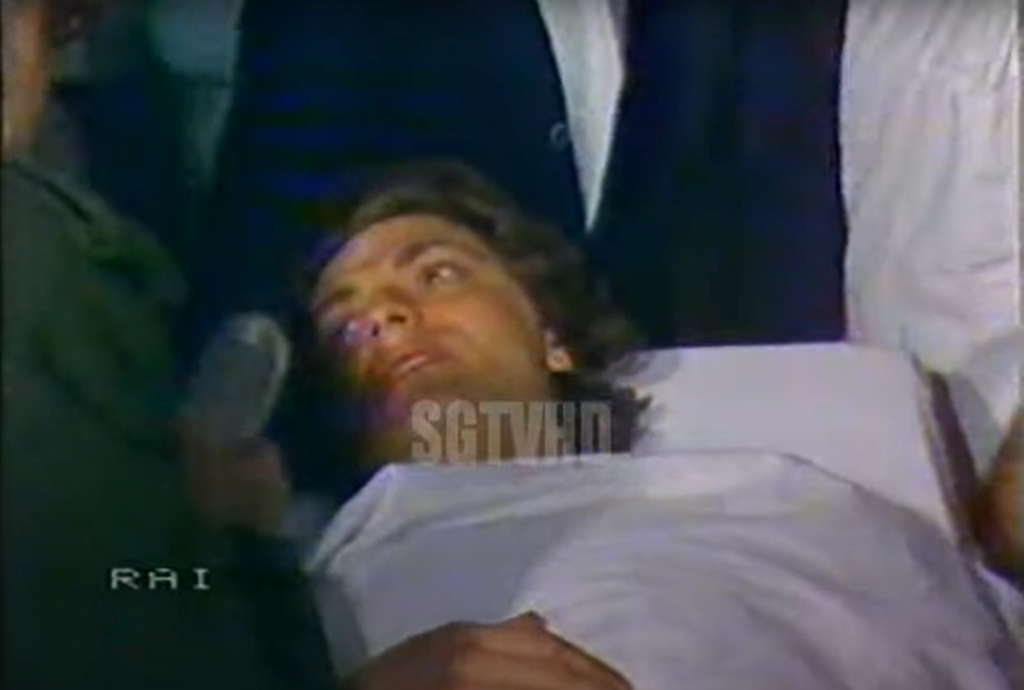
On late afternoon, Italians watched the interview on the traditional Sunday football TV show 90th minute as well reliving the collision from many different points of view. Many Florentine fans, particularly those who were at the stadium, saw the first TV footage as confirming their first impression regarding Martina’s rushing out: according to them, Genoa’s goalkeeper made an almost criminal move, although he obviously didn’t intend the tackle to endanger Antognoni’s life. During the following days, Italy’s public prosecutor in Florence Enzo Fileno Carabba prepared a legal action against Martina for personal harm. He saw the match at the stadium and said he hadn’t forgotten Romeo Benetti’s violent tackle which actually put an end to Franco Liguori’s career in 1971:
There is no law dictating such play must remain unpunished, he added.
The prosecution went ahead and team doctor Gatto, Fiorentina’s vice-president Giorgio Morichi, referee Paolo Casarin, defender Onofri and Martina were all questioned, but no result came out and Antognoni promptly stated it had been just an unfortunate event, which Martina couldn’t be blamed for.
After a CT scan, both cranial fractures were repaired surgically by Dr Pasquale Mennonna, who became a familiar figure for fans gathering daily outside the hospital and waiting for television and radio news. It was a time with mobile-phones or social networks and updates about the captain’s state of health spread around from the people who stayed at the hospital, getting news from health workers and passing onto friends, relatives and others. “Antonio” got better with as each day went by, surprising doctors with his recovery, although many still remember having received a fright when Dr Mennonna gave one particula daily medical bulletin. He referred to Antognoni as “mister” without mentioning the word “player”, that was enough for all the listening fans to doubt his future as a footballer! A long queue of trainers, players, friends and the like began to visit him. Along with doctor Mennonna, images and pictures of Antognoni’s pale and drained face, topped by a banded knotted turban settled in people’s minds, and remains to this day, one of the most distinct memories for many of us.

Even referee Casarin visited Antognoni, bringing him the match ball as gift. Although Casarin is still considered one of the best Italian referees ever, Viola fans accused him of a lack of action. He has always answered that his attention was exclusively focused on the effect of the collision, on Antognoni drooling and turning blue while lying on the turf. He forgot to award a penalty or give a red card to the goalkeeper, just as would happen a few months later in the 1982 World cup. In the second half of the semi-final between West Germany and France, Harald Schumacher hurled himself into Patrick Battiston, leaping into the opponent’s face: the Frenchman lost three teeth, damaged his spine and was rendered comatose. Casarin, so-to-speak, paved the way for the Dutch referee Charles Corver, who completely ignored Schumacher’s violation, only signalling for a goal kick after the ball had gone out of play.
Still today, Florentine supporters’ interpretation is quite different. Casarin was just another referee suffering what they considered a notorious “psychological slavery” towards the big teams, especially Juventus, who largely took advantage of Antognoni’s absence, although his absence was much shorter than expected. The first day of spring, 21 March 1982, without his usual blonde mop, Antognoni returned to play while watching the stars. The curva Fiesole saluted their favourite son by unfurling a huge banner with the touching words “Come on Antonio! The hell is over, heaven waits for us”. The remainder of the season and its conclusion just, for fans, confirmed the existence of the “psychological slavery”. Fiorentina and Juventus competed head-to-head until the bitter end. On the final match-day, la Viola played Cagliari, who needed a draw to avoid relegation, and la Vecchia Signora flew to Catanzaro, at this stage they were already safe. After 35 minutes, a Catanzaro forward appeared to be brought down by Sergio Brio just inside the box, but the referee let it go. Then, Fiorentina had a goal dubiously disallowed goal following a foul on the keeper, with 15 minutes left i bianconeri were given a penalty for a handball. A cool-as-ever Liam Brady gently clipped the ball into the back of the net, sealing the victory and the 20th scudetto for Juventus. Antognoni made no secret of his views after the game, noting Juventus were the only team in the league not to have had a penalty given against them all season. As a direct consequence of this “robbery”, Fiorentina fans coined a slogan they proudly repeat since then: ‘We would rather be second than thieves’.
In the summer, Antognoni had some compensation, winning the World Championship in Spain, although he was forced to witness the memorable triumph of his fellow Azzurri from the press box of the Bernabeu because of another accident suffered in the semi-final against Poland. He came close to scudetto again in the 1983-84 Serie A, before fracturing his tibia and fibula in a challenge on Sampdoria’s Luca Pellegrini, which ruled him out for a year and half, basically halting his stint as a top player.
Some years ago, I had the chance to interview Giancarlo Antognoni. I firstly asked him to comment about his injury-plagued career and his decision to stay loyal to Fiorentina, which maybe cost him trophies and money. Antognoni serenely replied:
I have been a very lucky person, doing the most beautiful job in the world. A playing career starts and finishes, victories come and go, but the love-story between me and Florence will never end: the love Florentines show me everyday is worth a board full of scudetti.
One of the most well-known features of Italian football are its tireless watercarriers; the midfielders who do the dirty job, whose only task is getting the ball and giving it to the appropriate play-maker. These kinds of players, destined to remain in the shadow of their talented colleagues, including big names such as Giovanni Trapattoni, Beppe Furino, Gabriele Oriali and Gennaro Gattuso, are often referred to as generoso (unselfish and giving). While chatting with him, I suddenly realized Giancarlo Antognoni was a very peculiar kind of footballer. He was as beautiful as Apollo, as elegant as an angel, as light as a gazelle, but he was above all generoso, in the sense he devoted all himself to one and only one jersey: the outcome was a permanent link between one of the most graceful football artists of all time and the perennial artistic beauties of Florence.
Article © of Paolo Bruschi

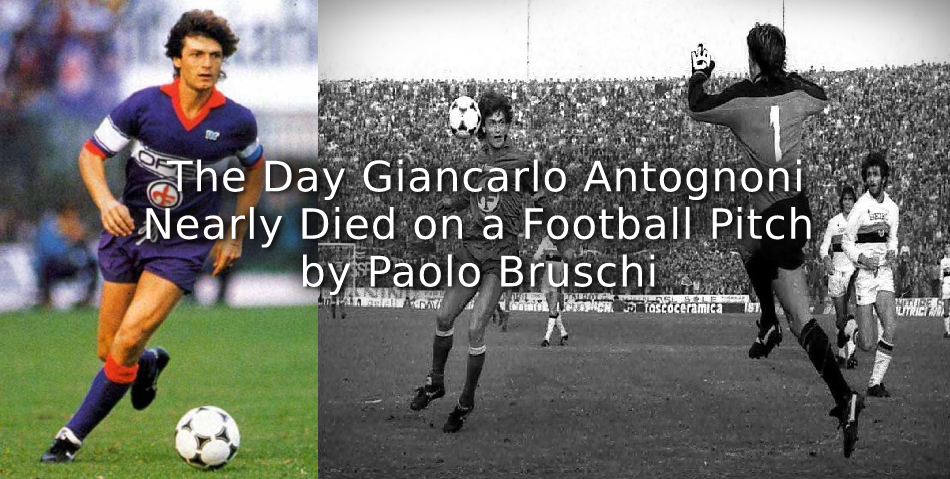
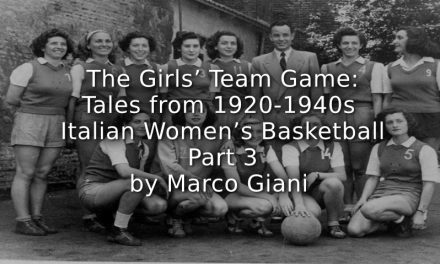
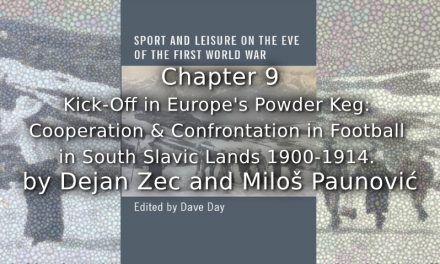
![“And then we were Boycotted”<br>New Discoveries about the Birth of Women’s Football in Italy [1933] <br> Part 11](https://www.playingpasts.co.uk/wp-content/uploads/2021/07/Boycotted-Marco-Part-11-440x264.jpg)
